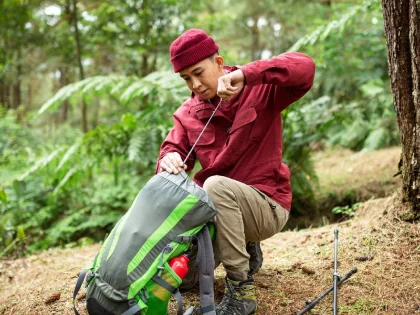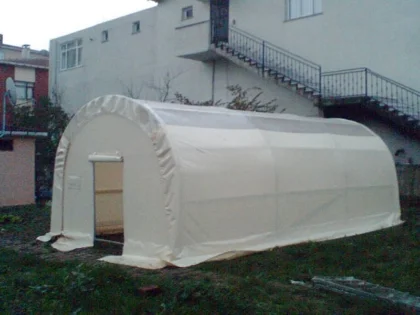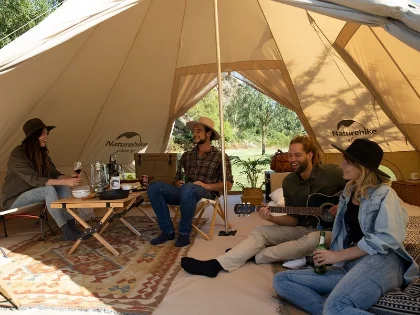Hiking is a strenuous physical activity that demands stamina and energy. Hiking requires numerous stops in order to minimise exhaustion and stay hydrated. Hiking breaks are based on a number of variables, such as weather and physical condition.
Backpacking and hiking are excellent ways to enjoy the great outdoors and get physical activity. To prevent damage, it's crucial to take regular pauses.
General Principles

Although hiking can be physically taxing, it is an enjoyable and healthy form of exercise. Taking regular breaks will help you avoid injuries and maintain the strength of your muscles. Setting aside a little rest period for every hour of trekking is a smart place to start; however, the precise length will depend on your hiking objectives and individual needs.
It's crucial to stay hydrated when taking relaxation periods. Eating snacks that will provide you with energy and support stable blood sugar levels is also beneficial. When stopping to relax on the route, always remember to be mindful of the environment and not to harm plants or animals.
When you're ready to hike once again, take a few minutes to look over your pack, extend your legs, and take in the scenery. It's crucial to avoid overdoing it, but you may even take advantage of this time to take off your boots and give your feet a few minutes to rest.
Physical State

It takes your entire body to hike, especially if you're wearing a rucksack. To increase endurance, it fortifies the main leg and core muscles. Additionally, it improves balance and flexibility. It tests the mind as well, because staying on course requires navigational abilities. A frequent aerobic activity that improves heart health is hiking.
Even on an easy course, taking regular rests keeps you from being dehydrated and suffering from heat exhaustion. Before moving on, find a sturdy area off the trail to take off your pack and loosen up tense muscles. In order to stay hydrated when hiking, you should drink water at least every two minutes.
Your pre-hike routine can help you reduce joint stress on your hips, knees, and ankles by including exercises like wall sits and squats. A self-massage technique called foam rolling promotes blood flow to achy muscles and may help them feel less sore. It's a fantastic substitute for pricey, expert massages, which may make already tight muscles worse. After every walk, make sure to let your shoes air out to reduce the likelihood of blisters.
The weather

The one thing that may make a walk fantastic—a beautiful day with blue skies and sunshine—or disastrous—a snowstorm, thunderstorm, or fog—is the weather. It's crucial to review the weather forecast the night before and early on the walk. It will assist you in deciding what kind of hiking excursion you want to do and whether the conditions are safe enough to trek in.
It's not as difficult as you would think to learn how to interpret the sky and clouds for indications of shifting weather. Practice on your own. Hiking is another activity where a barometer comes in handy. It's surprisingly simple to use and it will help you interpret the path conditions much better.
Both heat stroke and dehydration may become more likely in hot, muggy weather. Humidity hinders sweat's ability to evaporate, which prevents your body from cooling off effectively. This is the reason it's crucial to stay hydrated, particularly at higher altitudes.
Objectives for Hiking

Hiking offers numerous benefits, including increased physical fitness and psychological and emotional well-being due to the time spent in the outdoors. Hiking isn't simple, though, and it might be confusing to determine when to take breaks.
Prior to hitting the route, it's critical to be sure your hiking objectives are appropriate for you. If your objective is to hike the Camino de Santiago or the Pacific Crest Trail, for instance, you shouldn't do it for external motivations like self-promotion or social pressure.
A decent hiking objective should also be quantifiable and doable. If your objective is to walk more this year, for instance, it is a quantifiable and achievable goal that you can strive towards. As you travel, you can always modify your hiking objectives.
























Comments
Leave a Comment
Your email address will not be published. Required fields are marked *